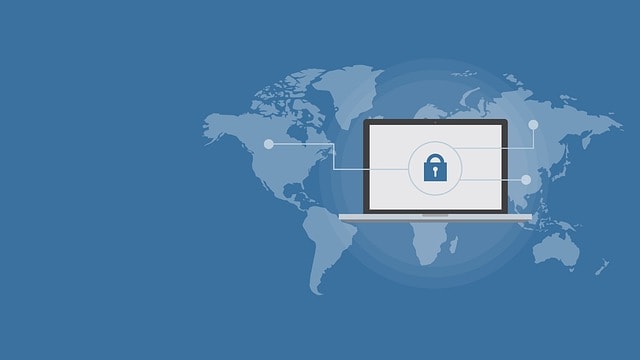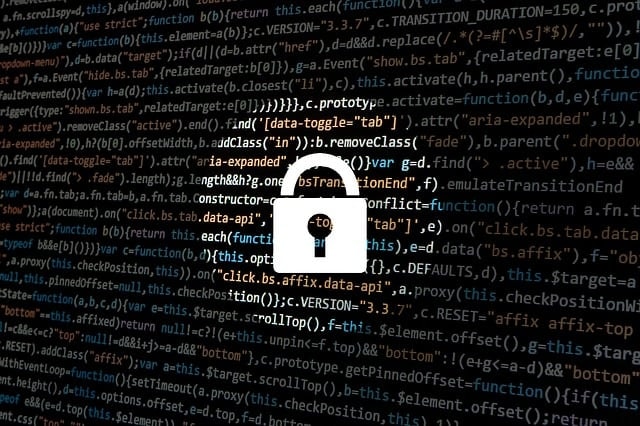What is Endpoint Security?

Endpoint security concerns the monitoring, protection, and restriction of endpoints, including personal devices connected to corporate networks. These devices become cyberattack targets without proper security mechanisms and can be mishandled if lost or stolen. In many organizations, employees use personal devices, such as laptops and cell phones, to connect to a corporate network, allowing them to work remotely. However, when employees have their own devices, they become points at which attackers can launch malicious activity. This gives rise to an important issue that has become even more salient during the pandemic’s work-from-home structure: endpoint security.
What is endpoint security?
Let’s dive a little deeper into what exactly endpoint security is. Endpoint security “protects end users and endpoint devices—desktops, laptops, mobile devices, servers and others—against cyberattacks” (IBM). Essentially, endpoints are very much how we work, they are our devices… our endpoints! Therefore, they are an excellent target because the end user can misuse them or they can get stolen or lost easily.
Endpoint security consists of securing all endpoints. In addition to securing, it also includes minimizing risk. So the question is not simply “how do we secure the endpoints?” but also, “how can we minimize risk if something does occur?”
Endpoint security can involve deploying specialized software to each endpoint device in a network to protect its data and resources from malicious actors. This software typically monitors the activity of the endpoint, scans for malicious files, and can even detect and block suspicious network traffic.
Endpoint security can also involve assessing the security of a third party’s systems and networks, including their hardware, software, and data storage with a third-party risk assessment. This helps to ensure that any data shared between the two parties is secure and protected from potential threats. In order to ensure an organization is not vulnerable to attacks, every possible hole and shortcoming must be addressed. Therefore, every single endpoint must be, and remain, secured at all times.
The endpoints in endpoint security

Endpoint might be the name, but to a hacker, it’s their beginning point – where they will many times begin to start attacking your organization. So what exactly are the endpoints in endpoint security? According to AWS, endpoints are “any devices that connect to and communicate across a network. Switches and routers that connect other computing devices to a network are also considered endpoints.” Specific examples of endpoints include:
- Laptops
- Desktop computers
- Tablets
- Mobile devices
- Wearable tech (smart watches, etc)
- Routers
- Printers
Thinking about the examples listed above, it’s quite likely employees utilize work issued devices and their personal devices to access work platforms and applications. Therefore, endpoint security is that much more important.
Endpoints are the number 1 entry point for cyberattacks. It’s estimated that “90% of successful cyberattacks and as many as 70% of successful data breaches originate at endpoint devices.” To reduce the likelihood of cybersecurity threats via an endpoint, endpoint security needs to be accounted for, planned for, and rolled out.
Types of endpoint security

If there are are so many endpoints, what is the endpoint security solution? The answer is: it’s confusing. There are a ton of ways to have endpoint security including endpoint protection platforms and endpoint security software. Each organization’s endpoint solutions will depend on what kind of endpoints the organization and the employees are using. Some include:
Traditional antivirus software or malware:
Maybe the most well known form of endpoint security from the early computer days is the traditional antivirus software. According to CISA, antivirus software protects endpoints by identifying and blocking “many viruses before they can infect your computer.” Antivirus solutions are constantly being updated, so it’s important to keep your software up-to-date in order to have the most updated levels of protection.
Firewalls
Another possible household endpoint security is firewalls. Although not completely “endpoint security,” firewalls work in tandem with endpoint security solutions. Cisco defines a firewall as a “network security device that monitors incoming and outgoing network traffic and decides whether to allow or block specific traffic based on a defined set of security rules.” Therefore, firewalls are deciding what traffic is, or is not, allowed to be accessed by the endpoints, providing almost a first line of defense.
Endpoint detection and response:
Endpoint detection and response, also known as EDR, “continuously monitors endpoints for evidence of threats and performs automatic actions to help mitigate them,” according to Microsoft. Why is this important? Microsoft adds that EDR assists in “detect[ing] and remediate[ing] threats on endpoints before they can spread throughout your network.”
EDR is a great endpoint security solution because it is running continuously, allowing your organization to detect an attack at all times, not just when an analyst is looking at the logs.
In addition to EDR, some organizations may also use extended detection and response, also known as XDR. XDR helps organizations “deliver holistic approaches to cybersecurity with efficient protection against advanced cyberattacks” (Microsoft). Instead of just monitoring, collecting data, and more on endpoints, XDR monitors and collects data on other layers of your security stack.
Mobile device management
With the proliferation of handheld devices and working from home, mobile device management has also become an essential endpoint security solution to protect sensitive data. Mobile device management, or MDM, is a “proven methodology and toolset that provides a workforce with mobile productivity tools and applications while keeping corporate data secure,” according to IBM. MDM is not simply an endpoint protection platform, but also a layer of security measures to help employees keep best practices when it comes to the use of mobile devices (whether they be personal or company issued).
Vulnerability management
Forbes defines vulnerability management as a “proactive strategy to protect network assets against cyber threats. It systematically identifies, assesses and mitigates potential weaknesses in a network.” Vulnerability management can span across systems, but for endpoint security specifically, it’s monitoring the latest patches needed, knowing the software versions being used, and identifying if there are new vulnerabilities.
Choosing the right endpoint security solution

With all the endpoint security solutions available, it can be confusing, and also difficult, to understand the best way to protect your organization’s endpoints. The experts at Cyber Defense Group can help your team understand and choose the best solutions for your team from a holistic approach. We are dedicated to delivering cybersecurity programs that are as dynamic and forward-thinking as the businesses we serve. Schedule a free consultation today to learn more.
